Lei Qian
Prediction of Depression Severity Based on the Prosodic and Semantic Features with Bidirectional LSTM and Time Distributed CNN
Feb 25, 2022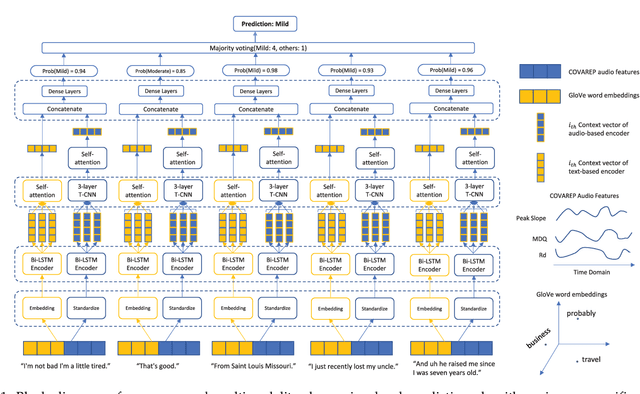
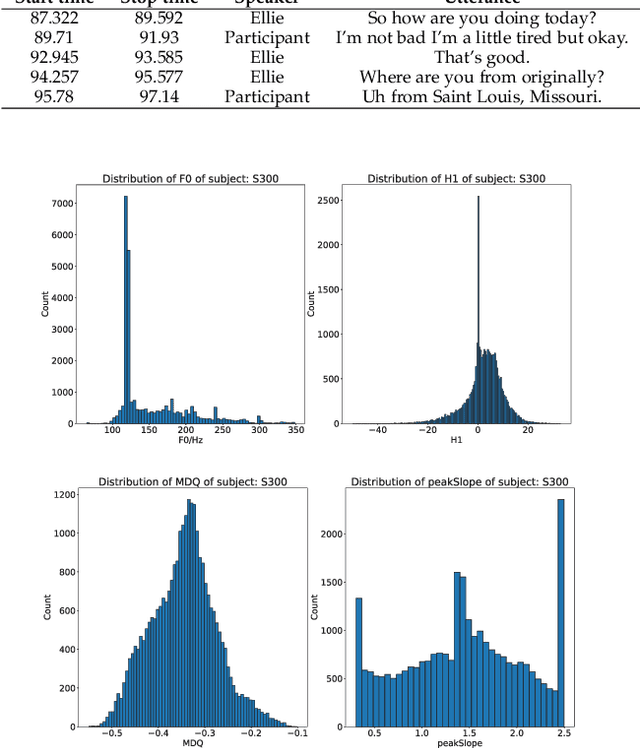

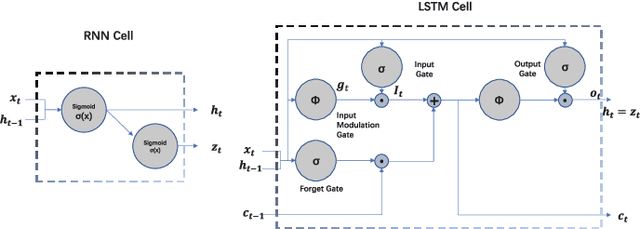
Abstract:Depression is increasingly impacting individuals both physically and psychologically worldwide. It has become a global major public health problem and attracts attention from various research fields. Traditionally, the diagnosis of depression is formulated through semi-structured interviews and supplementary questionnaires, which makes the diagnosis heavily relying on physicians experience and is subject to bias. Mental health monitoring and cloud-based remote diagnosis can be implemented through an automated depression diagnosis system. In this article, we propose an attention-based multimodality speech and text representation for depression prediction. Our model is trained to estimate the depression severity of participants using the Distress Analysis Interview Corpus-Wizard of Oz (DAIC-WOZ) dataset. For the audio modality, we use the collaborative voice analysis repository (COVAREP) features provided by the dataset and employ a Bidirectional Long Short-Term Memory Network (Bi-LSTM) followed by a Time-distributed Convolutional Neural Network (T-CNN). For the text modality, we use global vectors for word representation (GloVe) to perform word embeddings and the embeddings are fed into the Bi-LSTM network. Results show that both audio and text models perform well on the depression severity estimation task, with best sequence level F1 score of 0.9870 and patient-level F1 score of 0.9074 for the audio model over five classes (healthy, mild, moderate, moderately severe, and severe), as well as sequence level F1 score of 0.9709 and patient-level F1 score of 0.9245 for the text model over five classes. Results are similar for the multimodality fused model, with the highest F1 score of 0.9580 on the patient-level depression detection task over five classes. Experiments show statistically significant improvements over previous works.
SiamReID: Confuser Aware Siamese Tracker with Re-identification Feature
Apr 15, 2021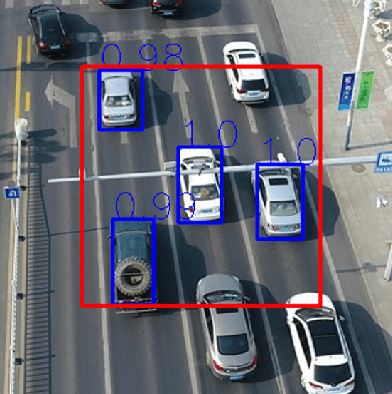
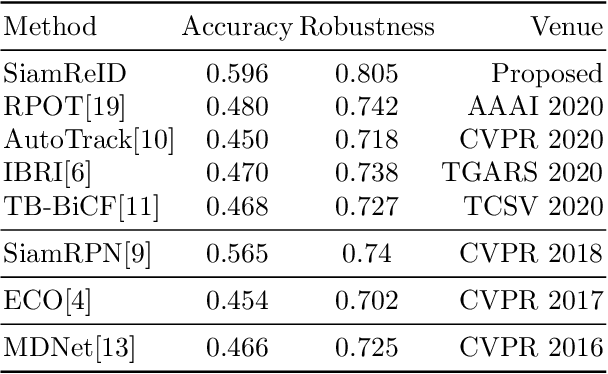
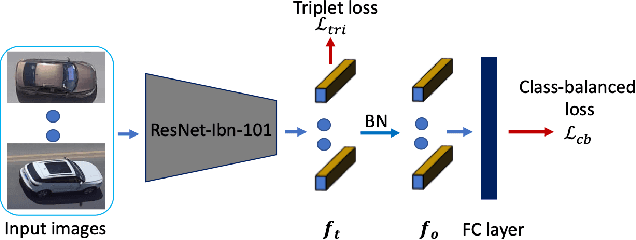
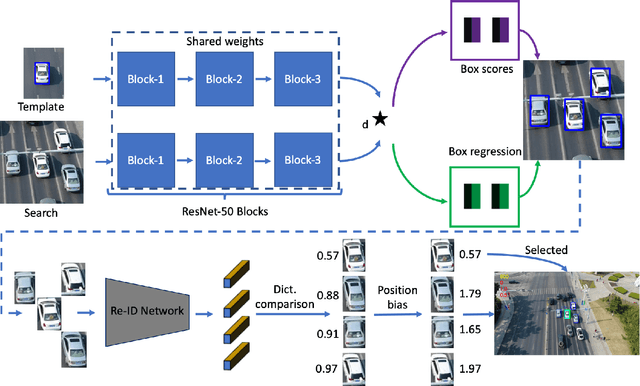
Abstract:Siamese deep-network trackers have received significant attention in recent years due to their real-time speed and state-of-the-art performance. However, Siamese trackers suffer from similar looking confusers, that are prevalent in aerial imagery and create challenging conditions due to prolonged occlusions where the tracker object re-appears under different pose and illumination. Our work proposes SiamReID, a novel re-identification framework for Siamese trackers, that incorporates confuser rejection during prolonged occlusions and is well-suited for aerial tracking. The re-identification feature is trained using both triplet loss and a class balanced loss. Our approach achieves state-of-the-art performance in the UAVDT single object tracking benchmark.
 Add to Chrome
Add to Chrome Add to Firefox
Add to Firefox Add to Edge
Add to Edge